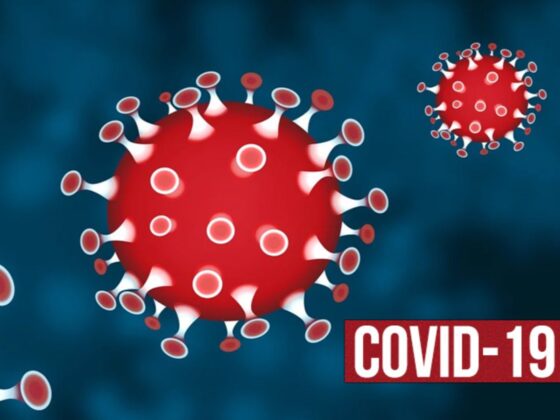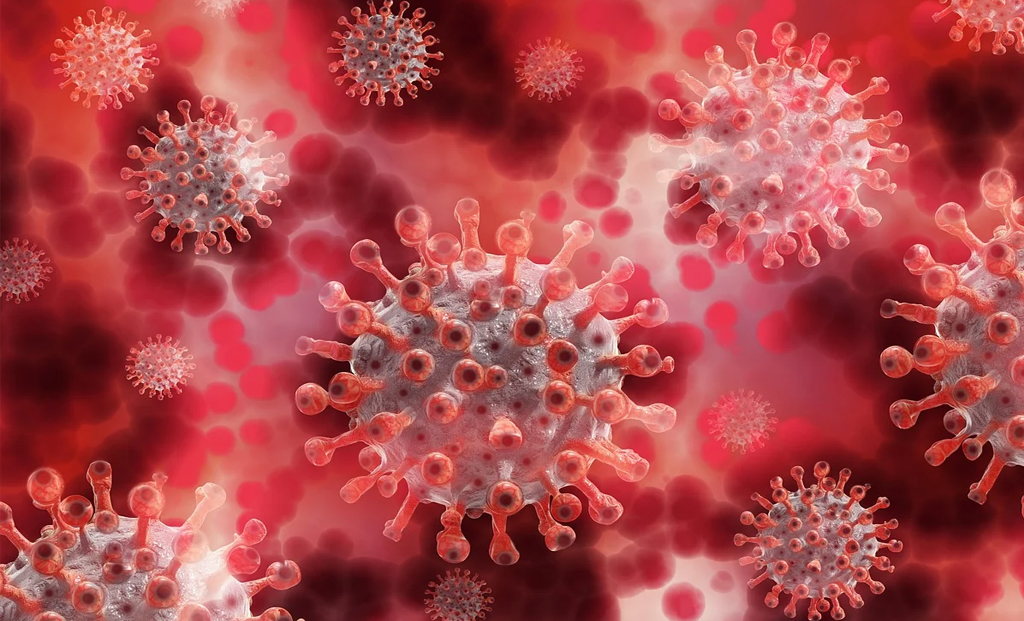Dr. Ankit Singhal, Pulmonologist, Sri Balaji Action Medical Institute, New Delhi
What is COPD?
COPD is a disease that affects the way air flows in and out of the lungs. Often air becomes trapped inside the lungs as you’re breathing out.
The main symptoms are breathlessness with exertion, cough and mucus in the respiratory tract. People with COPD are prone to acute exacerbations of the disease in which the symptoms worsen and require intense therapy. Emphysema and chronic bronchitis are lung diseases categorized under COPD. COPD is a treatable condition, complete cure is not possible.
What causes COPD?
COPD is a preventable condition mainly caused by smoking tobacco. Heavy occupational dust exposure in fields like coal mining or sandblasting is also a risk factor. Genetics and severe early childhood respiratory infections as well as very premature birth may contribute to COPD development. Environmental pollution and second hand smoke maybe other causes.
The best way to prevent COPD is to not smoke in cigarettes. Smoking cessation is also beneficial in slowing the progression of the disease.
To wear mask all the time when you are going outside house or live in very polluted environment.
How does COPD differ from asthma?
COPD is typically caused by smoking and usually develops in midlife in people age 40 and older. It’s associated with airflow obstruction that’s not fully reversible. COPD is often progressive.
Asthma, on the other hand, isn’t caused by smoking. It often appears during childhood and is associated with airflow obstruction that’s often fully reversible. Asthma is frequently associated with allergies.
How is COPD treated?
First, try to quit smoking. Many of my patients have had success with a smoking cessation program. And stay up to date with influenza and pneumococcal vaccines, as these respiratory illnesses can negatively impact your health.
COPD treatment often starts with inhaler therapy tailored to your needs based on your symptoms and frequency of exacerbations.
Pulmonary rehabilitation, a multidisciplinary program that combines exercise, nutrition and medication, can help you increase your strength. The exercise improves the body’s aerobic enzymes and muscle blood flow so that oxygen is used more efficiently. It increases exercise tolerance and reduces the sensation of shortness of breath. We’ve found that exercise training is more effective t…











